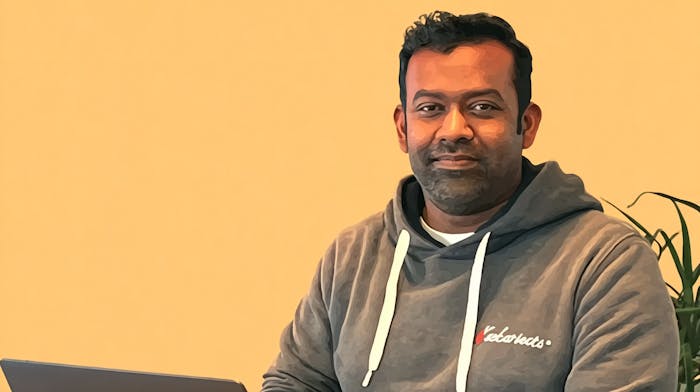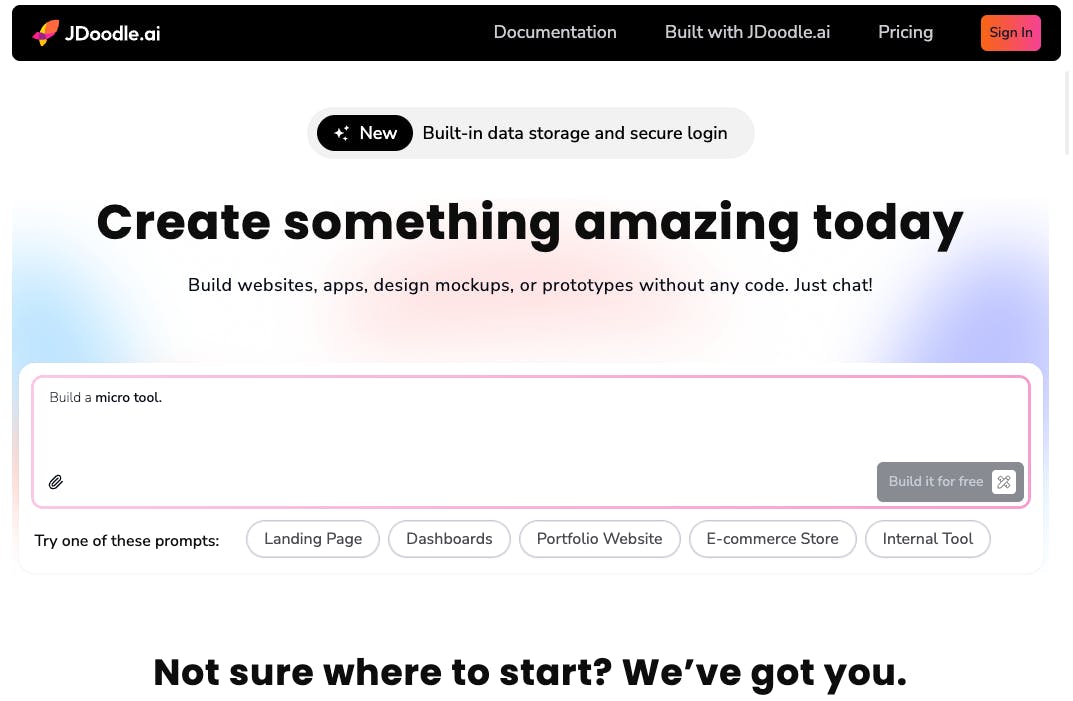Growing a tool to 1.2M registered users with almost zero marketing

Gokul Chandrasekaran had ten ideas and was only able to validate one of them. So he built it and JDoodle grew organically to millions of users and hundreds of thousands of dollars in annual revenue.
Here's Gokul on how he did it. 👇
Building for people without access
I grew up in a rural part of South India, where access to a computer was a rare thing. When I was in school and college, I might have access for an hour per week — and during that hour, there were system and setup issues to deal with.
I later became a Java developer and, in 2013, I started developing the online coding platform JDoodle.com as a side project. My motivation for starting JDoodle was to make software development simple and accessible to everyone. And since then, it has attracted 1.2 million registered users and served more than 20 million people.
I am very happy to say that millions of schoolchildren without access to sophisticated computers have been able to practice programming using JDoodle.
We hit 6-figure annual revenue a few years ago and have been growing strong since then — we want to reach 8-figure revenue soon.
We got funded two years ago and I went full time. Currently, my focus is on JDoodle.ai — an AI Agent that builds web apps. JDoodle.com for technical users, JDoodle.ai for non-coders.

A quick MVP
I started JDoodle with $20 — that was the cost of a virtual server at that time — and a few weeks of work over the weekends.
It was a one-page site where you could type Java code and click a button to get the result. People liked it and started asking for more languages and features. I started adding them, one by one, as per their requests. And from there, it just grew organically.
I built that version using Grails/Groovy. I loved that stack. It helped build stuff at super-speed at the time. I miss it today.
Now, it's:
Vue.js
Java/Spring
Python/FastAPI
And microservices to handle different tasks
Validate features based on ROI
I invested a lot of time into building features just because some users asked for them. Doing this was both good and bad.
It helped grow the user base. But few of the features generated any revenue.
If I had to start over, I would be very mindful of that. I would validate not only on user experience, but also on ROI.
Don't lose touch with the code
As your company grows, don't lose your technical skills. I started as a developer and went on to hold multiple architecture roles, but I have remained hands-on to this day.
That complex skillset has been my — and JDoodle's – biggest advantage so far.
Organic growth
All of our growth has been organic. When I launched, I posted in a few forums — that's it. Maybe ten posts in the initial months. That, and I had a Java blog at the time, which had around 15 posts on it, so that was driving some traffic.
The rest was word of mouth. Growth was slow, but steady.
Only after funding, did we start doing some active marketing, like newsletters and social media posts. And we're currently in the process of kicking off proper marketing for JDoodle.ai. That includes:
Social media
Paid social and newsletter ads
Email marketing
Organic channels are still playing a bigger role than paid. Results for ads have not been great yet.
Cover your costs from day one
Initially, it was ad-supported, so it covered its costs from the first month.
Now, we don't display any ads. We offer a freemium subscription model.
Test and validate value
In my experience, if you build something that is valuable to someone, they will spread the word.
So, focus on building a quality product that solves a real problem. I validated at least 10 different ideas, JDoodle was the valid one. The other nine weren't real problems.
Keep testing — and validate before you go too far.
What's next?
Making software development simple has always been the goal. In terms of numbers, I aim to reach 500 million users, including both tech and non-tech users, through our JDoodle.ai platform. And we want to reach 8-figure revenue soon.
You can learn more at JDoodle.ai and JDoodle.com. Or follow me on LinkedIn.

Leave a Comment
How did you get the first visitors and traffic into your website? It's what i'm struggling the most with currently
i'm curious about this organic growth more? how a few posts got you there?
Super inspiring story and appreciate the transparency. One thing I’m trying to understand (for my own learning):
You mentioned 1.2M registered users from mostly organic and a few forum posts.
Would you be open to sharing:
what % of those users are active today (MAU / WAU)?
which channels ended up being the biggest drivers (SEO, schools, embeds, blog, etc.)?
Asking because a lot of us here struggle with distribution, and knowing the traffic breakdown would help make this repeatable.